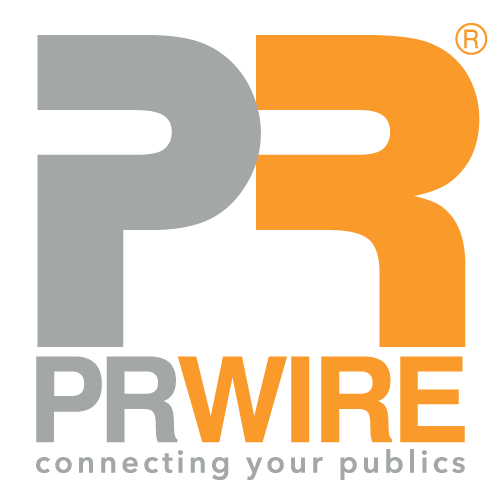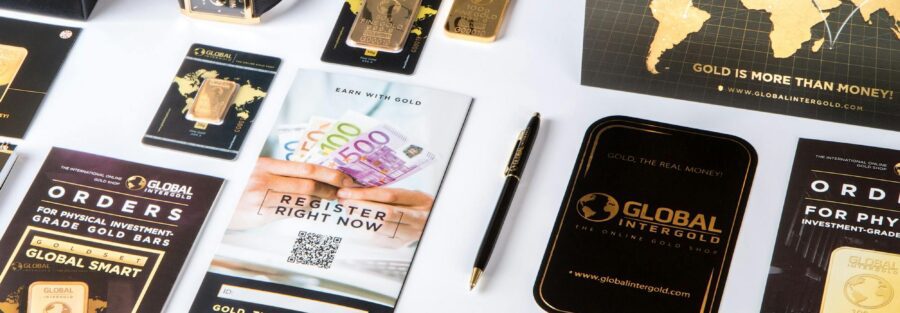As a new global turbulence brews amid Middle Eastern clashes, tariff wars and socio-political upheavals in the West, brands are expected to feel the pinch. It’s important for PR and communications industry to understand the new trends within the industry on brand trust.
Brand trust is a key purchase decision factor for any decision. Philip Kotler, the father of modern marketing, says: “A brand needs brand trust so that customers will believe that the brand will deliver what it claims. Apple customers trust that their Apple phones and Apple watches will deliver what the company claims.” A trust crisis can be “very challenging” for a brand to overcome.
The case of Twitter re branding to X, thereafter crashing and losing its preeminent online position is widely known. X’s brand value fell to USD 498 million in 2025, falling by 26% of 2024’s USD 673 million…a massive 91% crash in brand value from its USD 5.7 billion value in 2022.
A key question that springs up: How does consumer loyalty on brands play at turbulent times like these?
The latest “2025 Edelman Trust Barometer Special Report–Brand Trust, from We to Me” published by Edelman Trust Institute, shows a trend in consumer trust. The trend that began in 2022 continues to hold even today despite the raging uncertainties in world trade and global markets i.e. when it comes to consumers’ trust on “institutions” in comparison to “brands”, their brand trust outpaces institutional trust.
The percent of consumers who say they trust in institutions in 2022 was at 55% and three years later, is still at 55%. The percent of consumers who say they trust institutions in 2022 however, gradually surged to 68% by 2025! This is no less than two thirds of consumers saying they “trust brands” rather than to trust “institutions”! An interesting finding is that consumers indicating they place their trust on “brands” rather than “institutions”, “to do what is right.” 80 percent trust ‘brands they use’ in this regard, while institutions [Business (65%), NGOs (60%), Media (55%) and Government (54%)] rank lower.
Does it matter if the brand is foreign, rather than local, for consumers to trust? It matters. 60 percent trust foreign brands while two thirds of respondents (75%) opt for local brands.
The rates of Brand Trust also grew across consumers’ income levels. The 63 percent consumers with high income levels (top 25%) advocating for “institutions” rather than “brands” declined to 62% in 2025. The 64 percent consumers in 2022 with high income levels (the top 25%) opting for “brands” increased to 73 percent in 2025. 49 percent of low income consumers (bottom 25%) opting for “brands” in 2022 has jumped to 60% in 2025.
How does “Trust” play against product ‘Cost’ and ‘Quality’ as a purchase consideration factor? As difficult as it is to believe, “Trust” ranks at same levels as ‘Cost’ and ‘Quality’ – all rating at 88%. Ranking below Trust (and ‘Cost’ and ‘Quality’) are “high quality customer service” (85%), a “good reputation” (84%), “convenient to find, buy and use” (84%), “I love it” (82%) and “I trust the company that owns the brand” (80%).
What should brands demonstrate to earn trust? The 2025 Edelman Trust Barometer Special Report finds that, to earn Trust, the brand needs to be in the consumers’ personal world–but not via “quality” or “cost” butthrough Culture. 73 percent say they trust a “brand that authentically reflects today’s culture” while only 27% opt for a “brand that ignores culture and focuses solely on its products.”
In turbulent times as these, what do consumers think as “important” for brands to offer them? The brand offering “opportunities to feel happy, confident … calm” ranks highest at 68 percent followed by “…sense of possibility, optimism for a better future” (62%). “A way to drive or contribute to positive change in the world” is 61% and lowest preference is for “a way to connect with those who share my values or lifestyle” (51% -the 51% low level indicates that the need for “peer recommendations” to choose a brand as it’s more authentic, is still important, but to a lesser degree).
The lesson here is that consumers still trust brands over institutions and more so, brands being in consumers’ personal world via culture (rather than quality or cost) goes a long way.
And for PR and communications industry, it’s time to focus on culture based messaging.



